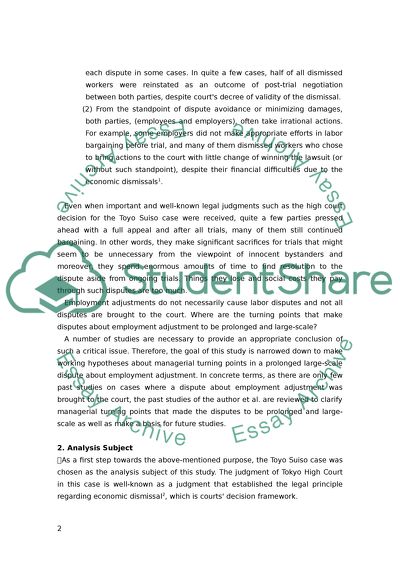Cite this document
(“Labor issue paper Essay Example | Topics and Well Written Essays - 4500 words”, n.d.)
Retrieved from https://studentshare.org/family-consumer-science/1413884-labor-issue-paper
Retrieved from https://studentshare.org/family-consumer-science/1413884-labor-issue-paper
(Labor Issue Paper Essay Example | Topics and Well Written Essays - 4500 Words)
https://studentshare.org/family-consumer-science/1413884-labor-issue-paper.
https://studentshare.org/family-consumer-science/1413884-labor-issue-paper.
“Labor Issue Paper Essay Example | Topics and Well Written Essays - 4500 Words”, n.d. https://studentshare.org/family-consumer-science/1413884-labor-issue-paper.


